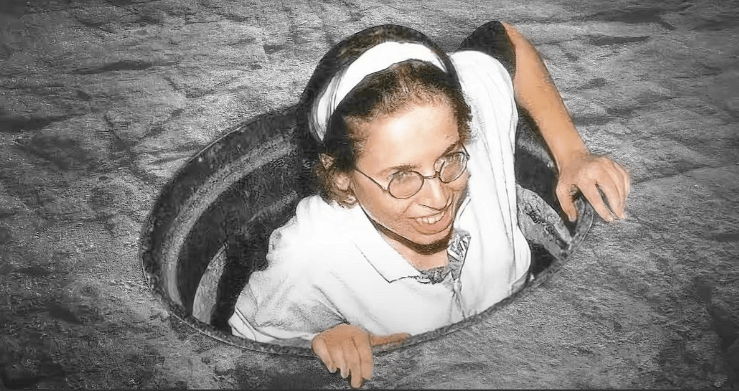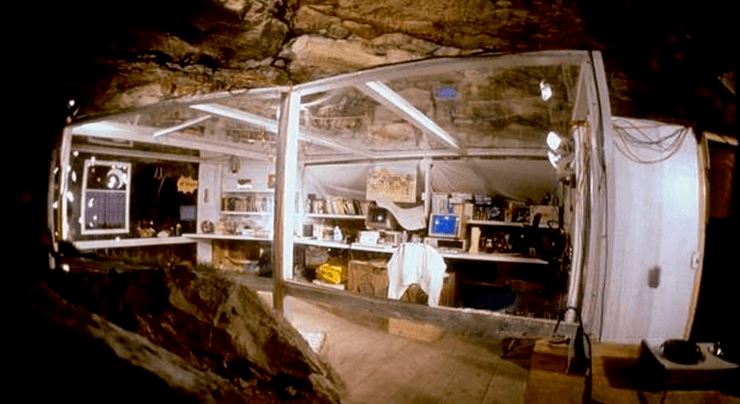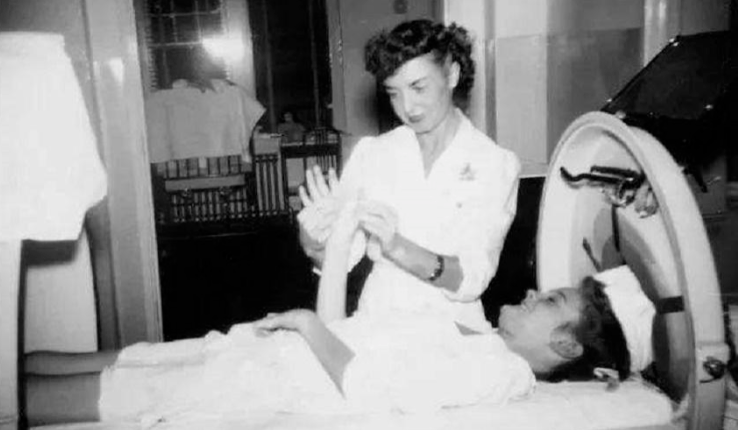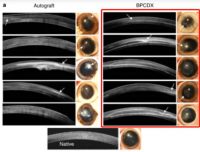In order to explore this question, in 1989, under the cooperation of NASA and Italian sociology and psychology Ph.D. Montalbini, a research experiment on “time” was slowly launched.
The purpose of this experiment is mainly biological sciences, collecting information to provide reference for studying the impact of long-term isolation in space on astronauts.

The experimental site is in a cave, and the research subjects can freely arrange their own activities without any restrictions, except for one requirement, they must live in a completely closed environment for 210 days.
In order to avoid the influence of “time” on the experimental results as much as possible, the entire experimental environment has only three lights and no clock; the only connection with the outside world is only a screen, and the time cannot be seen.
Studies have shown that in confined spaces, women’s psychological endurance is stronger than men’s, so the 20 volunteers selected are all women.
In the end, 27-year-old interior designer Stefania Follini was selected for the experiment with her optimistic attitude and excellent stress resistance.

On January 13, 1989, the experiment began. The experimental site is an underground cave in New Mexico, USA, which is 30 feet above the ground, with no sunlight and no sound from the ground.
The experimental team built a constant temperature room in the cave, with an area of 22.57 square meters, suitable temperature, relatively complete living and working facilities, and sufficient food. Plus, there are computers and guitars, as well as tons of books.

At first, Folini was more comfortable with that isolated space. She gets 8-10 hours of sleep every day, and passes the time by reading, doing aerobics, doing judo, tidying her room, and playing card games on the computer.
However, the good times didn’t last long. By the 6th week of the experiment, her biological clock had become significantly deranged. At this time, she would almost stay awake for up to 32 hours, but sleep for almost a day.
NASA asked Stephanie if she knew how long she slept, and Stephanie replied that she slept for 8 hours. Obviously, Stephanie didn’t know how long she slept, and her time perception had begun to have problems.

Three months after the experiment, Follini’s biological clock was completely messed up. Sometimes she only slept for 2 hours, and sometimes she slept for two days. She no longer read books and ate in an orderly manner, and her mental state was relatively sluggish.
After 120 days in the cave, Folini is completely different. She has a dull face, doesn’t like to talk, and often stares at the corner of the wall in a daze, sitting for hours at a time.
In this way, another 10 days passed. For the safety of Flini’s life, the researchers forcibly broke into the cave and brought her back to the ground for recuperation.

After 130 days, Folini lost 17 pounds (about 7.7 kilograms), and his physiological functions were severely disturbed, and even his menstrual period disappeared.
In addition to this, her immune system, muscle strength, and calcium levels in her bones have also decreased to varying degrees. The only benefit is that her concentration has improved significantly.
What can be confirmed is that the experiment failed, it proved neither that time does not exist nor that it exists, and until now, scientists have not had a definite answer.

But what is certain is that time is really important to us. If we lose the time scale, everything will be disrupted.



GIPHY App Key not set. Please check settings